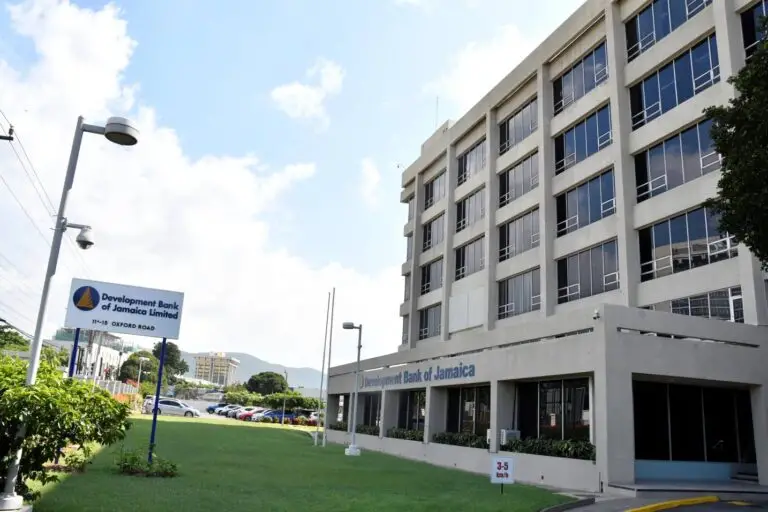The Development Bank of Jamaica (DBJ) is undergoing a quiet transformation—one that extends beyond lending. With a renewed digital push, a sharpened environmental mandate, and a strategic shift toward commercialisation, the state-owned entity is positioning itself as a modern engine of national development.
At the top of the agenda is digitisation. The DBJ is finalising its move to become a cashless institution while preparing to launch a mobile application designed to both streamline customer access and enhance internal intelligence. Clients will be able to browse offerings, apply for loans and grants, and track payments, while the bank collects actionable data to refine its product mix and marketing strategy. The app is part of DBJ’s broader initiative to overhaul operational efficiency while deepening client engagement.
This pivot aligns with a new four-year strategy (FY2026–FY2029), recently ratified by the Board. According to regional rating agency CariCRIS, this plan—focused on profitability and digitised service delivery—contributes to the DBJ maintaining a stable credit rating. The bank’s regional and national credit ratings were reaffirmed, with the outlook held at stable, underpinned by strong capital and profitability indicators.
Financially, the DBJ posted mixed results in FY2025. Net interest income rose 7% to J$1.19 billion on the back of record net loans and advances (J$21.13 billion), yet higher staff and consultancy costs drove a 41% dip in pre-tax profit to J$287.95 million. However, the bank closed the year with a massive jump in net profit—rising to J$6.01 billion—thanks to its 50% stake in Harmonisation Limited. The associate company posted a revaluation gain from its Harmony Cove tourism project in Trelawny, pushing DBJ’s bottom line upward.
But the profit spike hasn’t slowed the DBJ’s strategic pivot. The institution is deepening its commitment to environmental sustainability through its “blue-green” facility. This fund, aimed at green development, has already attracted interest from the Green Climate Fund and secured additional support from France’s development bank and Jamaica’s Ministry of Finance. The bank is also advancing its governance with board-approved ESG and cybersecurity frameworks, an updated IT governance policy, and bolstered internal risk controls.
Looking ahead, CariCRIS expects DBJ’s interest income to rise to J$2 billion in FY2026, with profit before tax improving slightly. Net profit is forecasted to decline due to anticipated associate company losses, but overall projections reflect a stable financial footing.
One medium-term objective is reclassification: DBJ is currently a category two public body (non-commercial), but it aims to become a category four entity—reserved for bodies engaged in commercial transactions. The upgrade would not only reflect DBJ’s increasing autonomy but also its intent to function more like a market-responsive institution.
As the DBJ readies itself to service J$3.3 billion in upcoming debt maturities, the Government of Jamaica continues to absorb FX risks—a critical buffer given that 54% of DBJ’s liabilities are USD-denominated.
In sum, the DBJ’s evolution signals more than internal recalibration. It marks the emergence of a digitally agile, ESG-aware development institution—quietly stepping out of its traditional role and into a new era of national impact.





